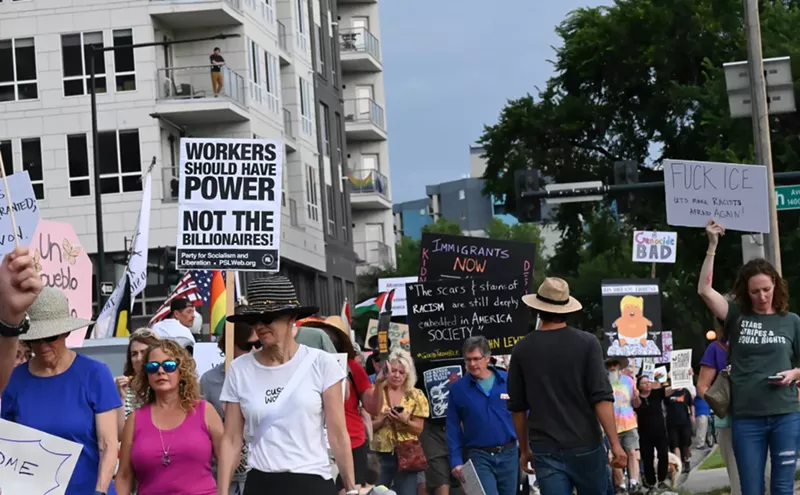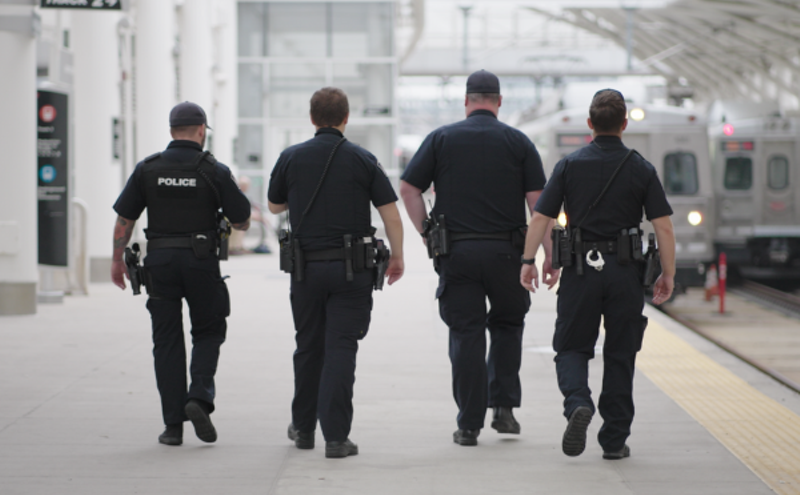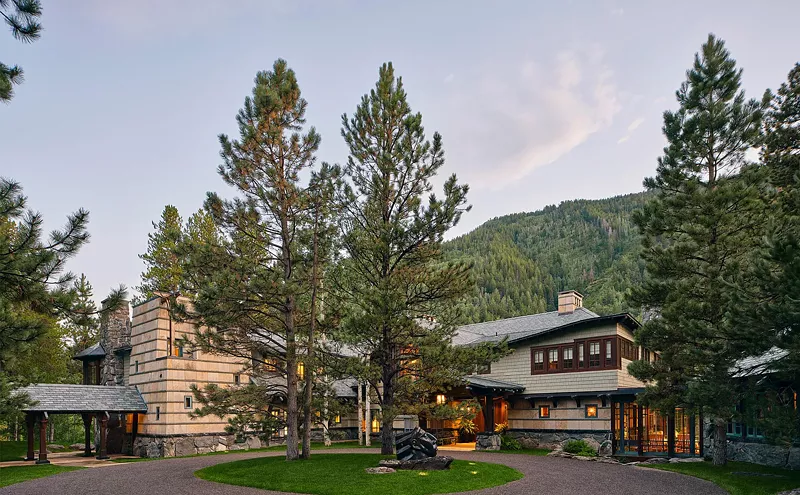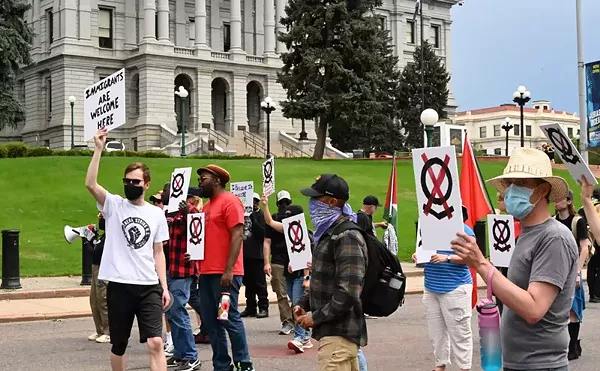The following is a timeline of the major developments in Colorado's weed scene that got us where we are today, complete with photos and links to many past Westword reports. Page through below -- and enjoy the trip.
1919: Colorado makes marijuana illegal, one of the first states to do so. Concern had been growing in the western states because pot was associated with Mexicans moving into the region, an influx that fueled racial tensions.
1929: After it is reported that a young girl was murdered by her marijuana-smoking stepfather, a man who happens to be Mexican, Colorado governor William Adams signs a bill increasing penalties for sale, possession and production of marijuana.1937: The Marihuana Tax Act leads to the federal criminalization of marijuana.
1975: The Colorado General Assembly downgrades the penalty for possessing an ounce or less of marijuana, following in the footsteps of similar measures passed in Oregon two years earlier.
1997: Local and national marijuana advocates begin preparing an initiative to legalize medical marijuana in Colorado, patterned after the medical marijuana law passed in California the year before.
1998: Coloradans vote on Amendment 19, which would legalize medical marijuana -- but Secretary of State Vicki Buckley refuses to count the votes after determining that proponents collected an insufficient number of signatures to put the measure on the ballot.2000: After the Colorado Supreme Court rules that Buckley had erred in not counting the votes in 1998, the medical marijuana measure is once again put in front of voters as Amendment 20 -- and passes with 53 percent of the vote.
May 2001: Then-attorney general Ken Salazar warns doctors that they could face federal charges if they participated in the state's medical marijuana program.June 2001: The Colorado Department of Public Health and Environment (CDPHE) launches the Medical Marijuana Registry Program, which licenses patients to use medical marijuana. The program grows slowly; in the first four years, just over 500 people apply for a license.
2004: The CDPHE's Board of Health institutes a rule limiting each medical marijuana caregiver to a maximum of five patients.
2004: Denver residents Thomas and Larissa Lawrence open the Colorado Compassion Club, possibly the state's first marijuana dispensary.
2005: With the help of the newly founded marijuana-reform organization SAFER, students at the University of Colorado at Boulder and Colorado State University pass initiatives that call for the penalties for marijuana violations to be no harsher than those for alcohol. Neither school's administration has yet to change its policies.
November 2005: 54 percent of Denver voters approve a measure decriminalizing adult possession of up to an ounce of marijuana, making Denver the first major city in the country to do so. At the same time, a ballot measure in Telluride that would have made marijuana the lowest law-enforcement priority loses with 49 percent of the vote.
November 2006: A statewide attempt to decriminalize adult possession of up to an ounce of marijuana fails at the polls with 41 percent of the vote.
July 2007: Chief Denver District Judge Larry Naves suspends the Board of Health's five-patients-per-caregiver rule on the grounds that the board lacked public input on the matter. Now caregivers are allowed to take on as many patients as they want.November 2007: 57 percent of Denver voters approve a new city ordinance designating adult marijuana possession the city's lowest law-enforcement priority and calling for the creation of a city review panel on the issue.
December 2007: Mayor John Hickenlooper appoints the Denver Marijuana Policy Review Panel to study marijuana prosecutions in the city.
May 2008: The Denver Marijuana Policy Review Panel recommends that the Denver City Attorney's Office no longer prosecute cases of private adult marijuana possession, a change the City Attorney's Office has yet to implement.
January 2009: The number of patients on the state's medical marijuana registry crests at 5,000, twice what it was a year earlier; in the same amount of time, the number of dispensaries statewide explodes from two to about thirty.
March 2009: U.S. Attorney General Eric Holder announces new policy changes that would end federal raids on medical marijuana dispensaries.July 2009: The Board of Health considers reinstating the five-patients-per-caregiver rule. But at the end of a packed, day-long hearing, the board votes against implementing the limit, and instead broadens the definition of who can be considered a marijuana caregiver.
September 2009: Since the July hearing, the state's medical marijuana registry has swelled to more than 10,000 applicants, with the state receiving more than 400 new applications each day. To meet demand, at least seventy Colorado dispensaries are opened, forty in the metro area alone.
October 2009: A new Justice Department policy instructs federal prosecutors to not charge people who use or provide medical marijuana if they are in compliance with state laws.
November 2009: In response to a Court of Appeals decision that a caregiver has to do more than provide a patient with marijuana, the Board of Health strikes the definition of a marijuana caregiver from state rules at a last-minute contentious hearing, throwing the medical-marijuana industry into turmoil.November 2009: Chief Denver District Judge Larry Naves voids the Board of Health's rule change a week after it is implemented, finding that the board once again did not solicit enough public input. The Board of Health has yet to reconsider the issue.
November 2009: A ballot measure in Breckenridge to legalize adult possession of up to an ounce of marijuana passes with 71 percent of the vote.
January 2010: While some municipalities ban dispensaries altogether, Denver passes broad new regulations that allow the businesses as long as they aren't within 1,000 feet of one another or schools; their owners pass background checks; and the operations pay the city several thousand dollars in licensing fees.
January 2010: CDPHE's vital statistics department is receiving more than 1,500 medical marijuana applications a day.
February 2010: The Denver City Attorney's Office announces that 1,694 adults were prosecuted for marijuana possession in 2009, slightly higher than the number prosecuted the year before the city's decriminalization measure went into effect.
February 2010: DEA agents raid a suburban grow operation in Highlands Ranch run by Chris Bartkowicz after they learn about it from a television news story.March 2010: 235 businesses apply for the new Denver dispensary license before the deadline expires for existing dispensaries, providing the city with more than a million dollars in new fees in three weeks.
March 2010: SAFER executive director Mason Tvert files preliminary language to place a measure on the November ballot that would legalize and regulate adult use of marijuana statewide.
April 2010: By a vote of 259 to 218, Nederland voters remove all criminal penalties for anyone 21 or older for buying, selling, possessing, consuming, growing or transporting marijuana.
April 2010: Having received between 60,000 and 70,000 medical marijuana applications and getting thousands more each week, the CDPHE's vital statistics department acquires new budget funding to increase its staff, from three permanent and three temporary employees to ten permanent and ten temporary workers.
April 2010: Students at Fort Lewis College in Durango overwhelmingly pass a referendum calling on university marijuana penalties to be no greater than those for alcohol.May 2010: Legislators pass Senate Bill 109, which regulates medical-marijuana doctor-patient relationships, as well as House Bill 1284, making Colorado the first state in the country to formalize a statewide medical marijuana dispensary system.












